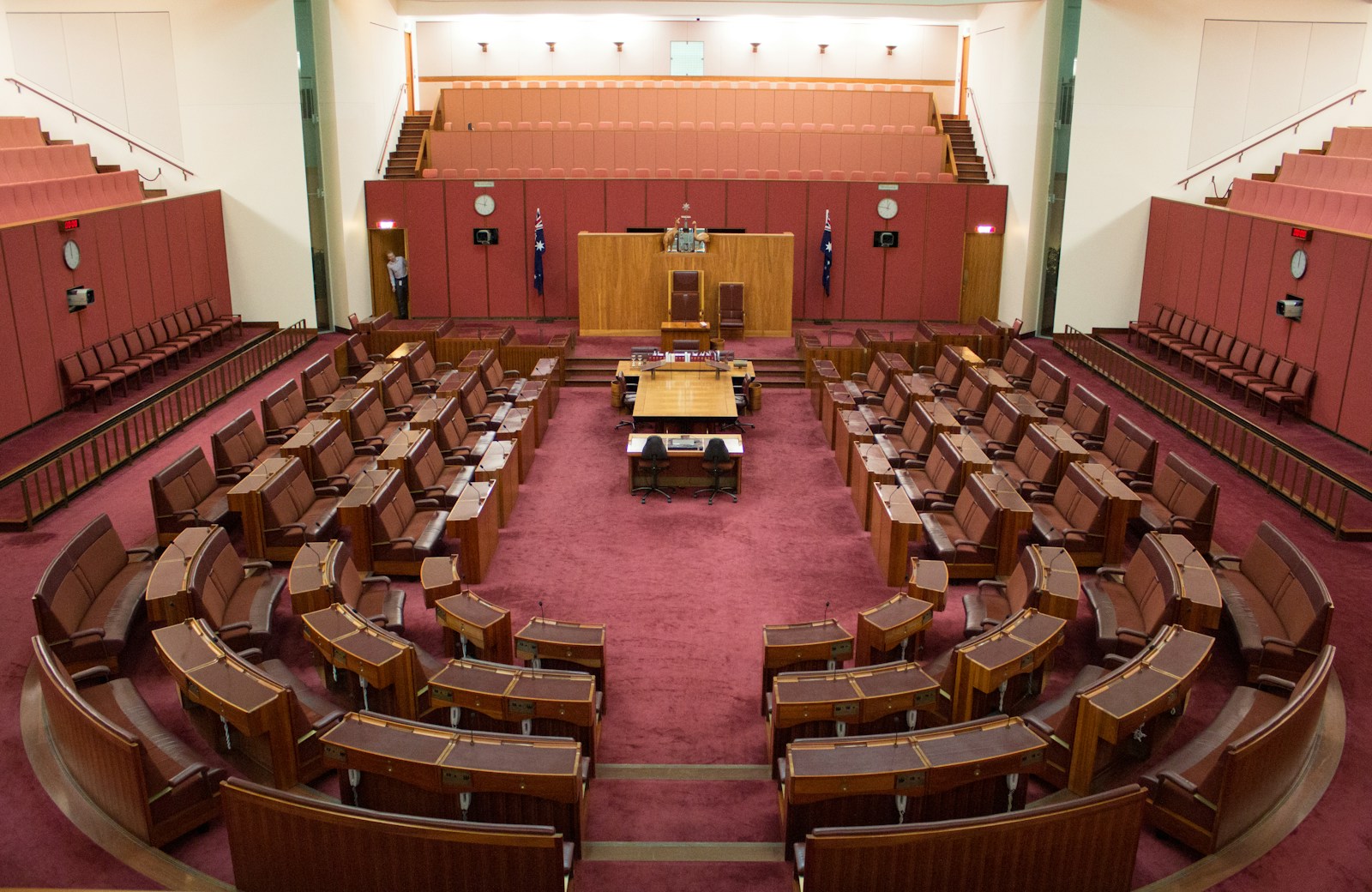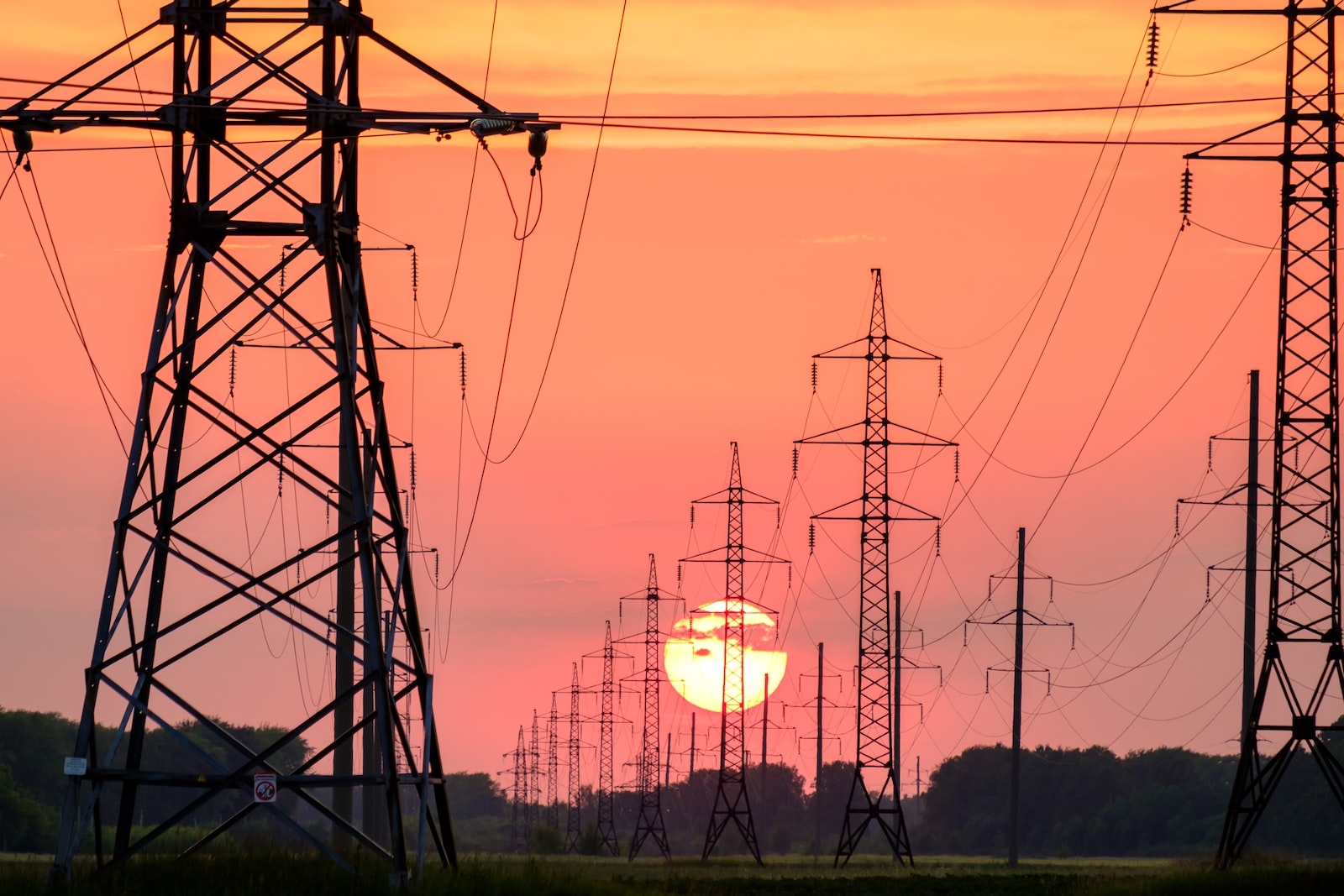Question Number: 235
PDR Number: SQ22-000356
Date Submitted: 23/11/2022
Department or Body: Department of Climate Change, Energy, the Environment and Water
1. Australia’s National Greenhouse Accounts are the official dataset for tracking progress towards the Australian Government’s emissions reduction targets. The National Greenhouse Accounts are compiled consistent with the United Nations Framework Convention on Climate Change (UNFCCC) and Paris Agreement rules and guidance, including Intergovernmental Panel on Climate Change (IPCC) emission estimation guidelines. Australia’s greenhouse accounts are continuously improved to reflect the latest science, and are reviewed annually by an external review team under the UNFCCC to ensure accuracy and consistency with international rules. The National Greenhouse Accounts report on net emissions. This includes the combined effect of carbon absorbed from the atmosphere by plants and soil (for example, as forests and grasslands grow), and emissions of carbon dioxide and other greenhouse gases such as methane and nitrous oxide, from land clearing, fire and decay. The National Greenhouse Accounts reported that Australia had 520 million hectares of grasslands and 134 million hectares of forest in 2020. Across all of Australia’s land, it is estimated that there was a net sink of 39 million tonnes of carbon dioxide equivalent (Mt CO2-e) in 2020. This included 72 Mt CO2-e absorbed by forests, and 30 Mt CO2-e emitted from grasslands. The net grassland emissions comprised 6 Mt CO2-e absorbed by grasslands remaining grasslands and 36 Mt CO2-e emitted due to land clearing. The remainder of Australia’s land had net emissions of 3 Mt CO2-e. The National Greenhouse Accounts show that Australia has not reached net zero. The land sink only partially offset emissions of 537 Mt CO2-e from other parts of the economy.
2. Please refer to SQ22-000282 for responses to these questions.
3. Please refer to SQ22-000282 for responses to these questions.
4. As set out in Australia’s Nationally Determined Contribution (NDC): https://unfccc.int/sites/default/files/NDC/2022- 06/Australias%20NDC%20June%202022%20Update%20%283%29.pdf, progress towards its 2030 and 2050 targets will be tracked on the basis of net national emissions estimated in accordance with UNFCCC and Paris Agreement rules and guidance, including IPCC emissions estimation guidance. Australia will be held accountable for its 2030 and 2050 targets through both international and domestic processes. Under the Paris Agreement’s Enhanced Transparency Framework, Australia will report progress towards its 2030 and 2050 targets in its regular Biennial Transparency Reports (BTR). Domestically, progress towards the targets can be tracked through the Government’s National Greenhouse Accounts: https://www.dcceew.gov.au/climate-change/emissionsreporting/tracking-reporting-emissions. Australia is well regarded internationally for its transparent, detailed and timely reporting program for greenhouse gas emissions. These Accounts inform the Annual Climate Change Statement to Parliament, through which the Government is legally required to update on progress towards Australia’s emissionreduction targets.
5. All 194 Parties to the Paris Agreement must regularly estimate and report national emissions and removals of greenhouse gases in accordance with common rules and guidance adopted under that Agreement, including using methodologies developed by the IPCC for emission estimation. Climate change threatens national security, economic prosperity, and our way of life. Australia is one of the developed countries most vulnerable to climate impacts and is already feeling the effects of climate change. Australia’s commitment to achieve net zero emissions by 2050 is a responsible contribution to global efforts to keep 1.5 degrees of warming within reach and mitigate further catastrophic climate change. Our commitment is consistent with global efforts. To date, 151 countries have a net zero target, accounting for 88% of global emissions, 93% of global economic output, and 89% of the global population.






























